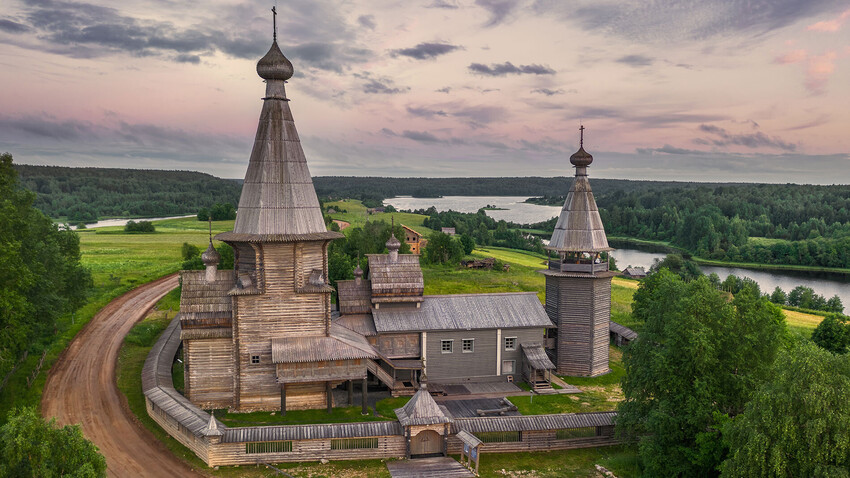
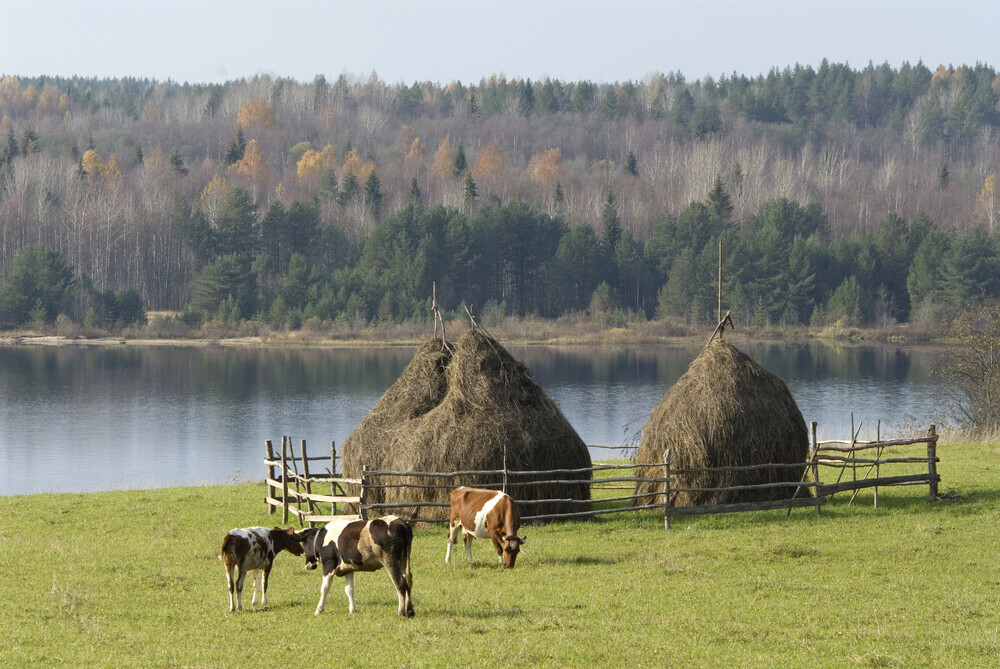
Kenozero National Park is a natural and historical-cultural complex in Arkhangelsk Region in the northwest of the European part of Russia. It is interesting not only for its forest reserves and crystal lakes, but also for its historical environment, which has preserved artifacts of centuries-old culture of the Russian North.
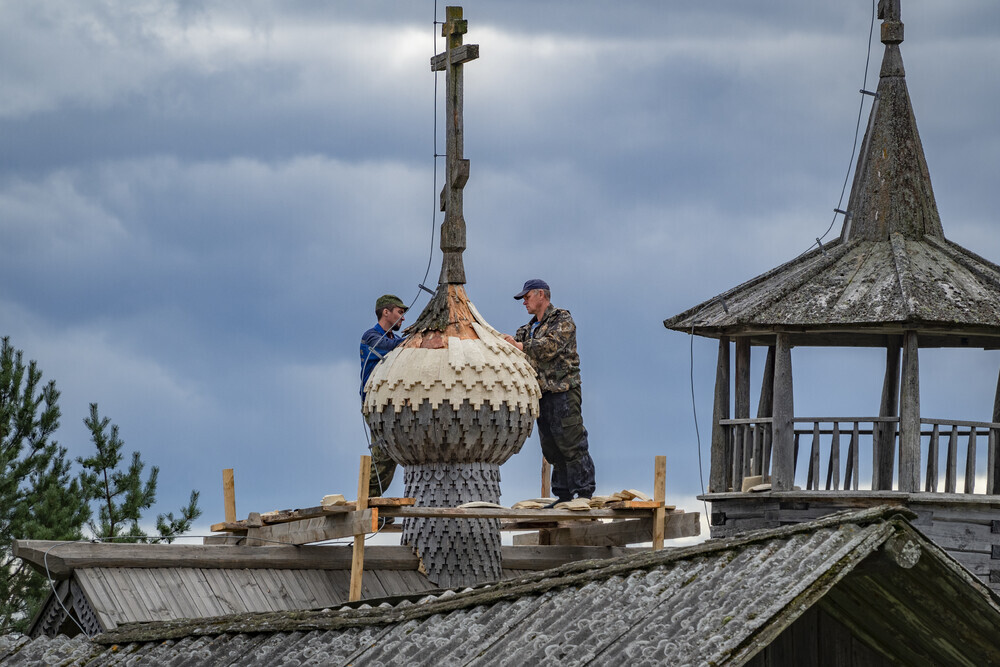
You can find traces of the indigenous Finno-Ugric peoples, as well as the cultural landscape created by Slavic tribes, who began to settle there in the 12th century.
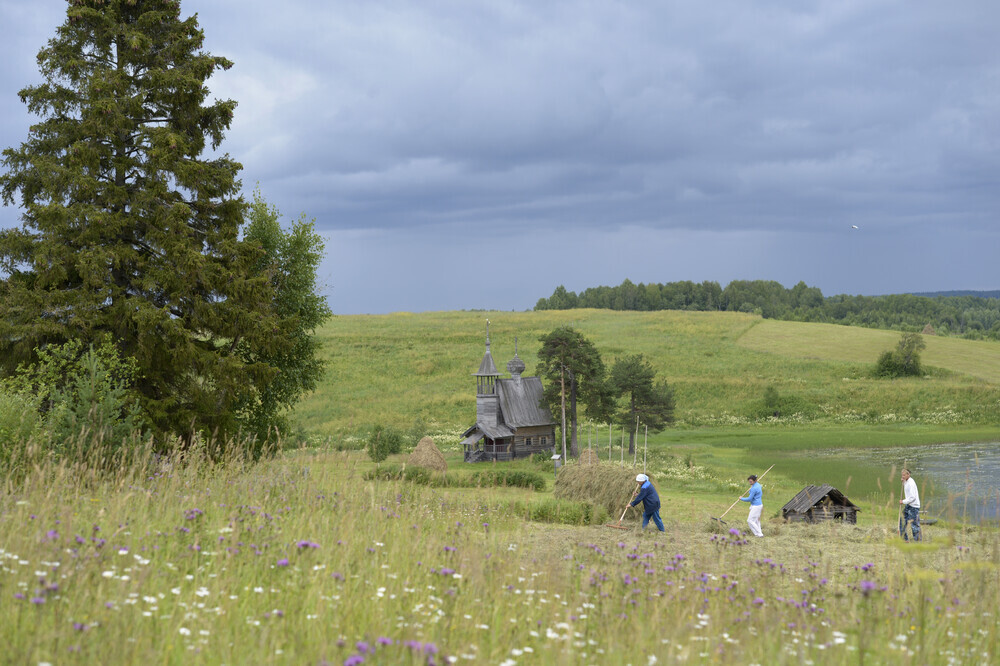
It is believed that these places are unique, because they combine the traditions of land ownership and nature management of both cultures: Finno-Ugric forestry and Slavic agriculture.
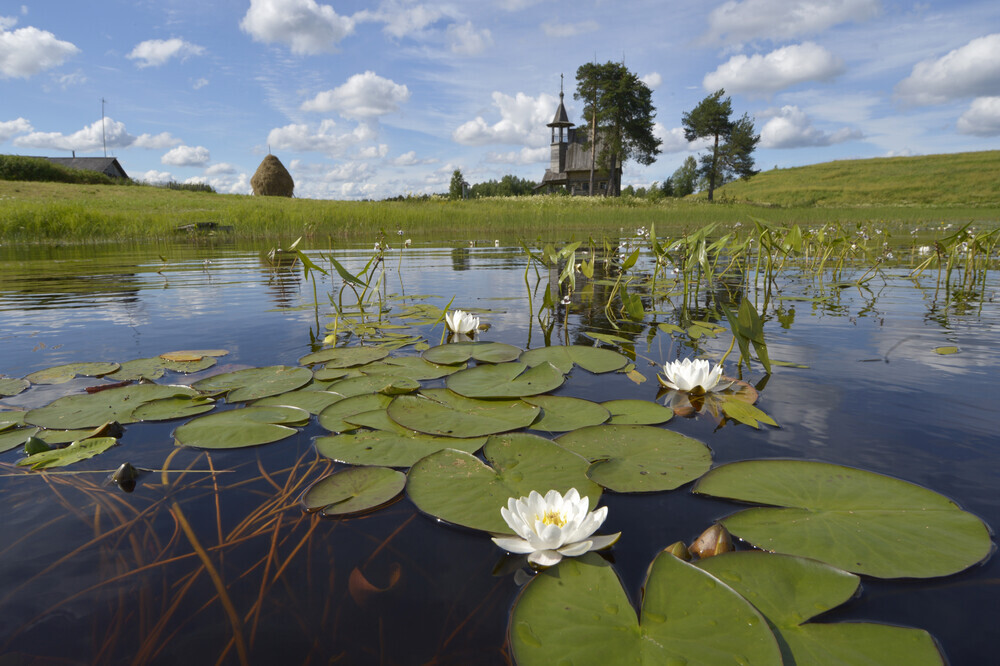
The main place of attraction of Kenozero is several villages with original monuments of Russian wooden architecture from the 16th-17th centuries. Local tent churches are particularly striking in their beauty and unique paintings have been preserved in them.

In 2004, Kenozero was included in the world list of biosphere reserves and, already then, became a specially protected area. According to Alexander Tsybulsky, Governor of Arkhangelsk Region, Kenozero was a candidate for recognition as a UNESCO World Cultural Heritage Site for 10 years and, finally, this joyful decision was made.
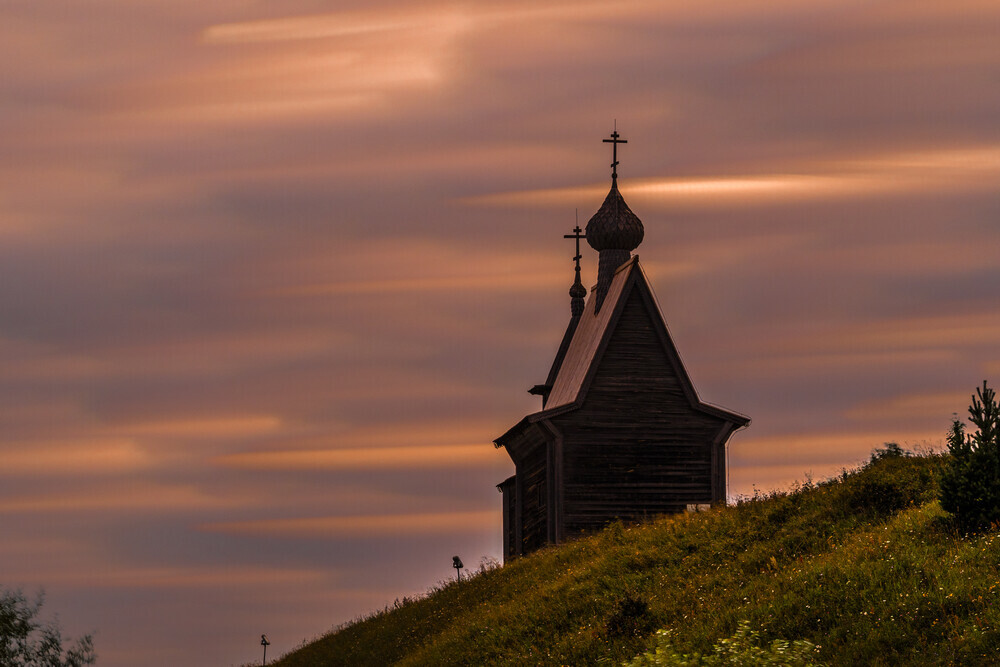
Dear readers,
Our website and social media accounts are under threat of being restricted or banned, due to the current circumstances. So, to keep up with our latest content, simply do the following:
If using any of Russia Beyond's content, partly or in full, always provide an active hyperlink to the original material.
Subscribe
to our newsletter!
Get the week's best stories straight to your inbox